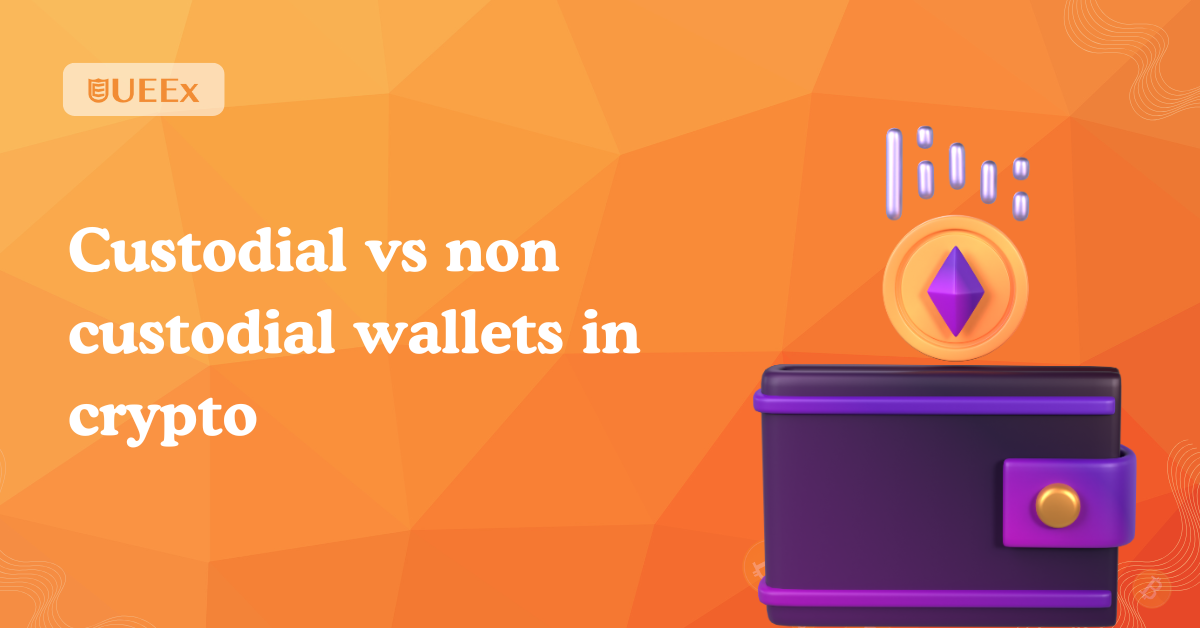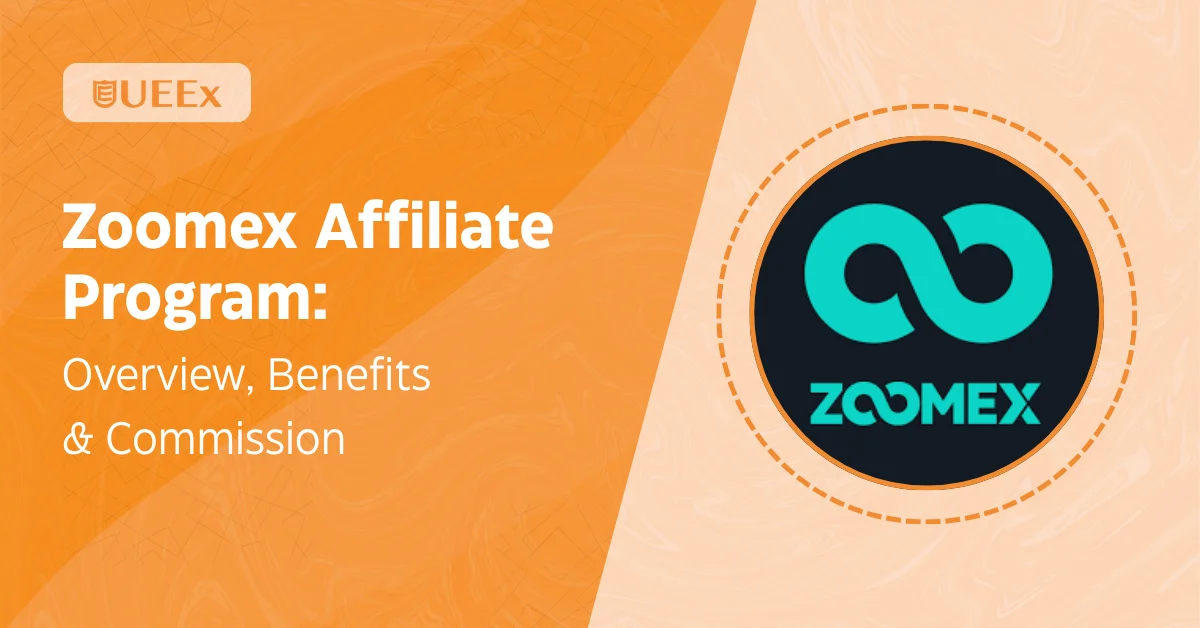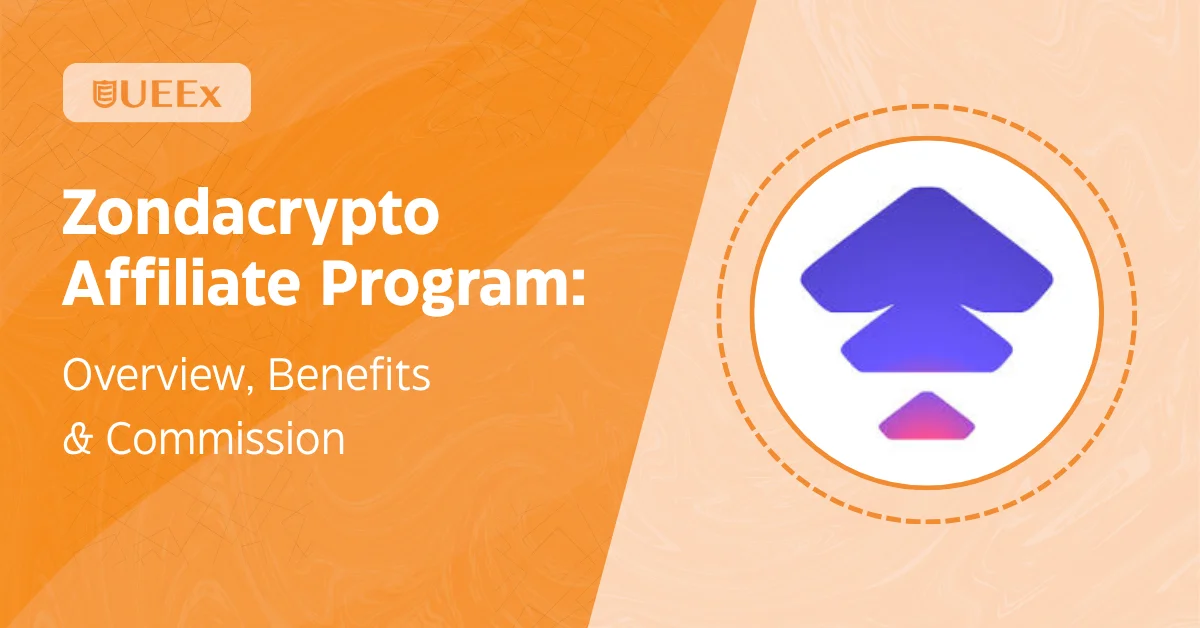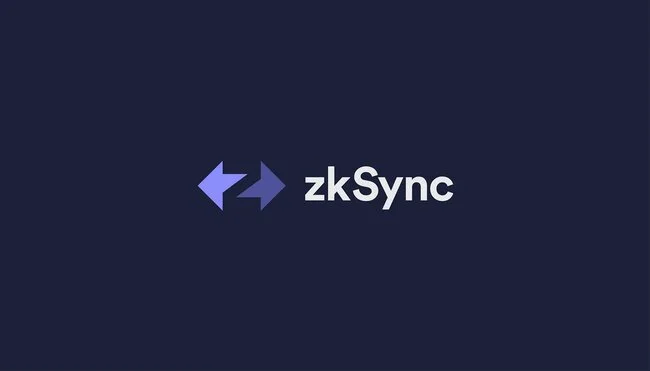You’ve just set up your first crypto wallet, ready to conquer digital assets with complete control. Or so you thought. Your exchange was hacked, and with it flew your money and your dreams.
Turns out, the type of wallet you choose, be it custodial or non-custodial, can completely change how you manage, access, and secure your crypto.
Custodial wallets hold your keys on your behalf. Non-custodial wallets leave it all in your hands. Choosing the right wallet type starts with understanding the difference.
Now, stay with us as we’ll help you understand the difference between a custodial and a non-custodial wallet, so you’ll know the one that’s best for you.
Read Also: Top Crypto Wallet Security Best Practices
Key Takeaways
- Custodial wallets store your private keys on your behalf, offering convenience but less control.
- Non-custodial wallets give you complete ownership of your crypto, with no third-party access.
- Custodial wallets typically require identity verification and support easy recovery options.
- Non-custodial wallets provide better privacy and direct access to DeFi and Web3 platforms.
- The right wallet depends on your preference for control, security, usability, and long-term goals.
What is a Custodial Wallet?
A custodial wallet is a type of cryptocurrency wallet where a third party, usually an exchange or crypto service provider, manages and stores your private keys on your behalf. This means the service provider holds complete control over the security and access to your digital assets while you interact with the wallet through a user-friendly interface.
Here’s how it works: when you create an account with a custodial platform like UEEx, Binance, Coinbase, or Crypto.com, they automatically generate and safeguard the wallet that holds your crypto.
You can send, receive, and trade assets, but you don’t directly access the private keys—the unique codes that prove ownership of your coins. Instead, the platform does that behind the scenes, making crypto management easier, especially for users who prioritize convenience over complete control.
Because the provider holds the keys, you’re trusting them to keep your funds safe, ensure platform security, and allow access whenever you need it.
This model resembles traditional banking, where the institution manages your account details, passwords, and recovery options. While this setup reduces the risk of losing access due to misplaced keys, it also means your crypto is only as secure as the platform protecting it.
Benefits of Custodial Wallets
Custodial wallets are designed to simplify crypto ownership by eliminating the technical barriers associated with managing private keys.
Here are some of the main benefits users enjoy when using a custodial wallet:
Easy Recovery of Lost Credentials
One of the most significant advantages of custodial wallets is the ability to recover access if you forget your password or lose your login credentials.
Since the platform holds and manages your private keys, you can go through a standard account recovery process, usually involving email or identity verification, to regain access. This safety net makes custodial wallets attractive to users who prefer a secure backup in case of mistakes or loss.
Beginner-Friendly User Interface
Custodial wallet platforms are designed with simplicity in mind. The user interfaces are clean, intuitive, and require no prior technical knowledge about blockchain or cryptography.
This makes it easy to perform actions like sending, receiving, or storing crypto with just a few taps or clicks. Users don’t need to worry about handling seed phrases or complex wallet setups, making the experience far more accessible for first-timers.
Integrated Services (Buy, Sell, Swap, Stake)
Custodial wallets often come bundled with a wide range of features beyond just storing crypto. Many platforms let you buy and sell directly with fiat, swap between tokens instantly, and even earn rewards through staking—all without leaving the app.
These integrated services offer convenience and speed, allowing users to manage their entire crypto portfolio in one place, with all tools connected and ready to use.
Read Also: Best Offline Crypto Wallet for Safe Storage
Limitations of Custodial Wallets
Here are the main limitations to consider:
Lack of Full Control Over Assets
With a custodial wallet, you don’t control your private keys—the service provider does. This means you’re essentially trusting a third party with your funds.
If the platform decides to restrict withdrawals, pause trading, or experience technical issues, your access to your assets can be delayed or blocked. This lack of autonomy contradicts one of the core principles of cryptocurrency: “personal control over one’s money”.
Risk of Hacks or Exchange Downtime
Centralized platforms are frequent targets for cyberattacks due to the large amounts of funds they manage. If a custodial wallet provider suffers a data breach or hack, your assets could be at risk, even if you followed all security best practices.
Additionally, server outages or system maintenance can leave you temporarily unable to access or move your funds during crucial moments, especially in fast-moving markets.
Potential KYC/AML Compliance
Most custodial services are regulated and require users to complete Know Your Customer (KYC) and Anti-Money Laundering (AML) checks. This involves submitting personal information, including ID documents and bank details.
While this helps prevent fraud and meets legal standards, it also reduces user anonymity and may deter individuals who value privacy. In some cases, users may even be denied access due to jurisdictional restrictions or verification issues.
Notable Custodial Wallet Examples
Custodial wallets are commonly offered by centralized exchanges and platforms that aim to simplify the crypto experience.
Here are some well-known custodial wallet providers trusted by millions of users worldwide:
UEEx
UEEx is a reputable crypto exchange that offers wallet services with a strong focus on security, real-time trading, and excellent customer support. It manages private keys on behalf of users, making it easier to store, transfer, and trade cryptocurrencies.
The platform supports multiple digital assets and aims to offer seamless access to financial tools within a secure ecosystem. UEEx is also available in 168 countries.
Binance
Binance is one of the largest cryptocurrency exchanges globally and offers custodial wallets for all supported assets. When users hold crypto on Binance, the platform retains control of the private keys while providing features like trading, staking, and earning.
Binance is renowned for its robust infrastructure; however, as a custodial service, it requires users to trust the platform with their funds and personal data.
Coinbase
Coinbase provides a highly user-friendly custodial wallet experience, especially popular in the U.S. market. It manages all security aspects, including private keys and backups, making it easy for users to buy, sell, and store crypto without technical complexity.
Coinbase also complies with strict regulatory standards and includes FDIC-like insurance on USD balances, increasing trust among users.
Crypto.com
Crypto.com offers custodial wallets with access to a wide range of services, including crypto trading, Visa card integration, staking, and DeFi-like features.
As a custodial platform, it handles wallet security and key management while offering users a polished mobile experience. KYC is required, and the platform has experienced rapid growth in popularity due to its broad asset support and cashback incentives.
Kraken
Kraken is a well-established crypto exchange known for its security-first approach. It provides custodial wallets where users can securely store their crypto while utilizing Kraken’s suite of trading tools.
The platform maintains cold storage for the majority of user funds and is fully compliant with financial regulations, making it a trusted choice among security-conscious traders.
What is a Non-Custodial Wallet?
A non-custodial wallet is a type of crypto wallet that gives you complete control over your digital assets and private keys. Unlike custodial wallets, which a third party manages, non-custodial wallets are fully self-managed.
When you set up a non-custodial wallet, you’re given a private key or a seed phrase, usually a 12- or 24-word backup, that only you can access. This key serves as proof of ownership and provides access to your funds.
Here’s how it works: when you want to send or receive crypto, the wallet signs the transaction using your private key, which never leaves your device. The wallet provider does not have access to your funds, nor can they recover your wallet if you lose your keys. This gives you complete autonomy over your assets, without the need to trust a centralized service.
However, with that control comes responsibility. If you misplace your private key or backup phrase, there’s no customer support or reset button—you lose access to your wallet permanently.
This model aligns with the decentralized nature of blockchain and appeals to users who prioritize privacy, security, and self-sovereignty in managing their crypto.
Benefits of Non-Custodial Wallets
Non-custodial wallets are built on the principle of user sovereignty, enabling individuals to manage their cryptocurrency assets independently without relying on a third party.
Here are the key benefits of using a non-custodial wallet:
Full Ownership and Control
With a non-custodial wallet, you and only you hold the private keys to your funds. This means you have full ownership and control over your crypto at all times. No third party can freeze, access, or restrict your assets.
Transactions are signed locally on your device, ensuring that control remains in your hands. This level of autonomy appeals to users who value independence and want to manage their crypto without external interference.
Enhanced Privacy and Decentralization
Non-custodial wallets generally do not require personal information, allowing users to maintain a higher level of privacy. There’s no centralized entity collecting data or verifying identities, which aligns with the decentralized ethos of blockchain technology.
Since these wallets operate directly on the blockchain, users participate in a peer-to-peer financial system that minimizes reliance on intermediaries.
Access to DeFi and Web3 dApps
Non-custodial wallets are the gateway to decentralized finance (DeFi) and Web3 applications. They allow users to connect directly to platforms for lending, borrowing, staking, trading, and interacting with NFTs and decentralized apps (dApps).
Whether through a browser extension like MetaMask or a mobile wallet like Trust Wallet, users can engage with blockchain ecosystems freely and securely, without giving up control of their assets.
Limitations of Non-Custodial Wallets
While non-custodial wallets offer unmatched control and privacy, they also come with specific challenges that users should be aware of. These limitations can impact usability, particularly for those new to cryptocurrency.
No Password Recovery if Keys Are Lost
In a non-custodial setup, you are the sole custodian of your private keys or recovery phrase. If you lose access to your wallet and cannot find your backup phrase, your funds are permanently inaccessible.
There is no password reset option, no customer support to assist, and no way to reverse the loss. This high level of responsibility can be risky for users who don’t securely store their credentials.
Steeper Learning Curve for Beginners
Non-custodial wallets often require a deeper understanding of how crypto works. Setting up the wallet, managing seed phrases, signing transactions, and interacting with decentralized apps can be overwhelming for those new to digital assets.
Without a user-friendly interface or guided assistance, the experience may feel complex or intimidating, leading some users to prefer custodial alternatives for ease and support.
Notable Non-Custodial Wallet Examples
Here are some of the most trusted and widely used non-custodial wallets in the crypto space:
MetaMask
MetaMask is one of the most popular non-custodial wallets, especially for interacting with Ethereum and other EVM-compatible blockchains.
Available as a browser extension and mobile app, MetaMask allows users to manage their private keys, store tokens, and connect directly to DeFi protocols and Web3 dApps. Its ease of integration with various platforms makes it a go-to wallet for both developers and everyday users.
Trust Wallet
Owned by Binance but non-custodial in design, Trust Wallet supports a wide range of cryptocurrencies across multiple blockchains.
It gives users complete control over their keys and offers built-in features for staking, token swaps, and accessing dApps via an integrated Web3 browser. Trust Wallet is renowned for its intuitive interface, making it a strong choice for mobile-first users seeking decentralization with ease of use.
Exodus
Exodus is a multi-currency wallet that is available on both desktop and mobile. It provides a non-custodial environment where users retain complete control over their private keys.
With its visually appealing interface and integrated features, such as crypto swaps and portfolio tracking, Exodus strikes a balance between decentralization and user-friendliness, appealing to those who want full control without complexity.
Phantom
Phantom is a non-custodial wallet explicitly designed for the Solana blockchain. It supports SOL and SPL tokens, as well as NFTs and staking, with fast transaction speeds and low fees.
Phantom also integrates seamlessly with Solana-based dApps, offering a smooth experience for users in the Solana ecosystem who prioritize ownership and direct chain access.
Custodial vs Non-Custodial Wallets
| Feature | Custodial Wallet | Non-Custodial Wallet |
| Ownership and Privacy | Third-party holds your private keys; limited privacy | You own and manage your private keys; maximum privacy |
| Who controls your crypto? | The platform controls your assets | You control your assets directly |
| Level of personal data required | Requires KYC/identity verification | Usually no KYC; personal data not required |
| Security and Recovery | Centralized security; at risk if the platform is compromised | Decentralized control; secure unless you lose your keys |
| Risks and protection | Vulnerable to exchange hacks and downtime | Risk of permanent loss if the seed phrase is lost |
| Ease of recovering lost access | Easy—reset password or contact support | Not possible—no recovery if private keys are lost |
| Ease of Use | Beginner-friendly; guided experience | Higher learning curve; requires understanding of key management |
| User experience for beginners | Simple and intuitive | More complex setup and interaction |
| Integration with exchanges | Direct integration with trading, staking, and fiat onramps | Needs to connect manually to exchanges and dApps |
| Transaction Speed and Fees | It may be faster due to off-chain processing | Purely on-chain, network fees and speed depend on the blockchain |
| Network fees | Often lower due to batching or off-chain handling | The user pays full network fees |
| On-chain vs off-chain transactions | Often includes off-chain transactions that are quicker | All transactions are on-chain and visible |
| Offline Accessibility | Needs a constant internet connection to access and operate | Some wallets offer cold storage and offline access |
| Cold storage options | Available on some or through third-party services | Available through hardware wallets and air-gapped devices |
| Creating a New Account | Email and password setup with ID verification | Generates seed phrase without ID; no sign-up required |
| Identity verification requirements | Mandatory for most platforms | Not needed; complete anonymity is possible |
Now that you have an understanding of what custodial and non-custodial wallets are, it’s time to compare them side by side. From who holds the keys to how easy it is to recover access, each wallet type serves a different purpose, depending on your preferences for control, convenience, and security.
Ownership and Privacy
Who controls your crypto? In a custodial wallet, the service provider holds your private keys, meaning you’re trusting a third party with access to your funds. In contrast, a non-custodial wallet gives you complete control—you hold the keys, and you alone are responsible for managing your assets.
The level of personal data required also differs. Custodial wallets typically require KYC (Know Your Customer) verification, which involves collecting personal information such as ID and address. Non-custodial wallets, on the other hand, often require no such information, preserving your privacy and anonymity.
Security and Recovery
Risks and protection vary by wallet type. Custodial wallets may have robust security systems in place, but they remain targets for hacks. If a breach occurs, all user funds can be at risk. Non-custodial wallets eliminate this centralized point of failure, but the responsibility for security rests solely with the user.
When it comes to ease of recovering lost access, custodial wallets offer a clear advantage, as password resets and support are usually readily available. Non-custodial wallets don’t have that safety net. If you lose your private key or recovery phrase, there’s no way to retrieve your funds.
Ease of Use
The user experience for beginners is typically smoother with custodial wallets. They feature simple interfaces, support systems, and integrated tools that make crypto feel more like a traditional banking app.
Non-custodial wallets often have a learning curve, especially when it comes to handling seed phrases and signing transactions.
Integration with crypto exchanges is also more seamless with custodial wallets, since most are offered directly by exchanges like UEEx, Binance or Coinbase. Non-custodial wallets may require manual connection to external DEXs or bridges, which can be less intuitive.
Transaction Speed and Fees
Network fees can vary depending on how transactions are processed. Custodial wallets often utilize off-chain transactions, which are faster and more cost-effective, especially when trading within the same platform.
Non-custodial wallets rely on on-chain transactions, which may involve waiting times and higher gas fees depending on blockchain congestion.
Offline Accessibility
Can it be used without the internet? Custodial wallets generally require an internet connection to access your funds or interact with the platform, as your assets are stored online.
Some non-custodial wallets, particularly hardware or cold wallets, enable offline storage and signing, offering enhanced protection against online threats.
Cold storage options are limited with custodial wallets. Even when exchanges offer “cold storage,” users don’t have direct access to it. Non-custodial wallets, particularly hardware wallets like Ledger or Trezor, are built for cold storage and offline security.
Creating a New Account
The sign-up process comparison highlights another key difference. Custodial wallets typically involve email registration, password setup, and identity verification. This can take a few minutes to a few days, depending on the platform’s KYC process.
Non-custodial wallets, in contrast, offer a faster and simpler setup. You usually download the wallet, back up the recovery phrase, and you’re ready to go—no identity verification required. This offers a more permissionless entry into crypto but requires careful handling of credentials.
Which Wallet Type is Right for You?
So, everything we’ve explained above brings us to the question: which wallet type best fits your needs—custodial or non-custodial?
The honest answer is, it depends entirely on your priorities. If you value convenience, a user-friendly interface, and built-in access to crypto services like buying, selling, and staking, then a custodial wallet might be the right choice.
It’s especially suitable for those who prefer a managed experience, where account recovery is just a support ticket away.
On the other hand, if you’re someone who values ownership, privacy, and direct access to decentralized finance (DeFi) and Web3 applications, then a non-custodial wallet gives you complete control. You’ll be fully responsible for managing your private keys, but you’ll also be the only one with access to your funds.
Ultimately, your ideal wallet depends on how much control you’re comfortable taking on and how deep you plan to go into crypto. Some users even combine both—using a custodial wallet for quick access and a non-custodial wallet for secure, long-term storage.
Read Also: Digital Wallets: Everything You Need To Know
Final Thoughts
Choosing between a custodial and non-custodial wallet comes down to how much control, privacy, and responsibility you want over your crypto. Custodial wallets offer simplicity and support, ideal for everyday transactions.
Non-custodial wallets give you full ownership and access to DeFi and Web3, but require careful key management.
Both have clear strengths depending on your goals. By understanding the difference between custodial and non-custodial wallets, you can confidently protect your assets and take smarter steps in your crypto journey.
Frequently Asked Questions
Is Binance Wallet Custodial or Non-Custodial?
Binance Wallet is a custodial wallet, as Binance holds and manages the private keys on behalf of users.
Is Metamask a Custodial or Non-Custodial Wallet?
MetaMask is a non-custodial wallet—you control your private keys and have full ownership of your crypto.
Is Blockchain a Non-Custodial Wallet?
No, blockchain is not a non-custodial wallet—it is the underlying technology that powers cryptocurrencies and records transactions. A non-custodial wallet is a tool that allows you to interact with the blockchain while maintaining full control of your private keys.
What Is Another Name for a Non-Custodial Wallet?
Another name for a non-custodial wallet is a self-custody wallet.
Is Wallet of Satoshi Custodial?
Yes, Wallet of Satoshi is a custodial wallet.







